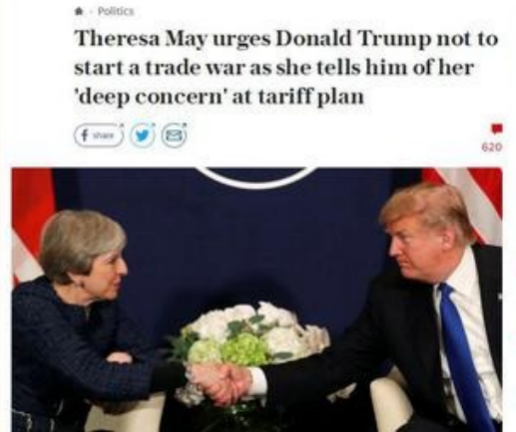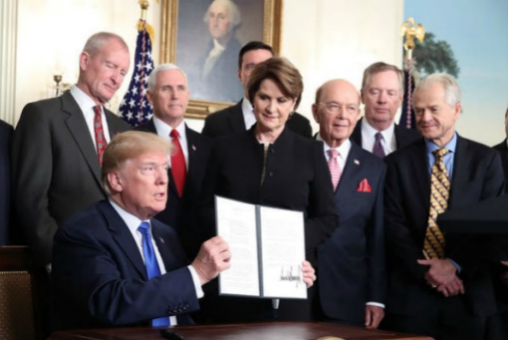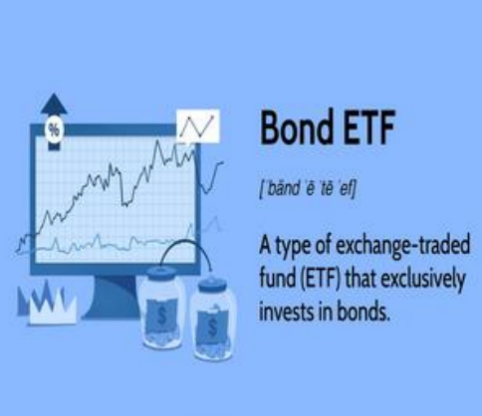
During his presidency, Donald Trump's implementation of a series of tariffs, predominantly targeting China, aimed to safeguard American industries and narrow the trade deficit. While the intentions behind these protectionist measures seemed straightforward, their far - reaching consequences have painted a complex and multifaceted picture of the US economic landscape.
One of the most immediate and palpable impacts was the upheaval of global supply chains. American manufacturers, deeply integrated into international production networks, faced a surge in costs due to tariffs on imported intermediate goods. Take the automotive industry, for example. With increased tariffs on steel and aluminum imports, auto companies grappled with inflated material expenses. A study by the Peterson Institute for International Economics revealed that the steel tariffs alone added approximately $1.4 billion in costs to the US auto industry in 2018. Firms were then left with two unappealing options: absorb these costs, which squeezed profit margins, or pass them on to consumers, resulting in price increases. This not only eroded the competitiveness of American - made vehicles in the global market but also hampered the overall efficiency of domestic manufacturing, as companies had to reevaluate and restructure their supply chains at great expense.

Contrary to the administration's assurances of substantial job creation, the tariffs' impact on employment was rather limited and uneven. Sectors such as steel production did experience some growth in jobs, but this was a minor silver lining. The broader economic landscape told a different story. The escalation of production costs across diverse economic sectors has triggered a substantial diminishment in capital allocation and workforce expansion. Retail sectors, as a poignant case in point, have been grappling with acute operational hardships owing to the exponential surge in costs for imported consumer merchandise. As prices rose, consumer demand wavered, forcing many retailers to cut back on staff to maintain profitability. A report from the National Bureau of Economic Research estimated that the tariffs resulted in the loss of around 166,000 jobs in the US by the end of 2019.
Inflationary pressures emerged as another significant concern. Tariffs effectively acted as a regressive consumption tax, disproportionately affecting lower - income households. As the prices of imported goods increased, American consumers faced higher costs for everyday essentials, from electronics to clothing and household items. The Consumer Price Index (CPI) data showed a notable upward trend in the prices of tariff - affected goods. This inflationary spiral strained family budgets, reducing disposable income and potentially dampening consumer spending, a crucial driver of the US economy.
The trade war ignited by the tariffs also triggered retaliatory measures from other countries, hitting American agricultural exports particularly hard. China, a major market for US agricultural products, imposed retaliatory tariffs on items such as soybeans, wheat, and pork. In 2018, US soybean exports to China plummeted by 71% compared to the previous year, causing significant financial losses for American farmers. These losses not only affected individual livelihoods but also had a cascading effect on rural communities, impacting local businesses, banks, and service providers.

In conclusion, while Trump's tariffs were designed to boost the US economy, they ultimately inflicted more harm than good. They disrupted established trade patterns, increased costs for businesses and consumers, had a limited positive impact on employment, and sparked retaliatory actions that further damaged specific sectors. This episode serves as a stark reminder of the intricate nature of global trade and the perils of relying on protectionist policies as a simplistic solution to complex economic challenges. It underscores the need for a more nuanced, collaborative, and strategic approach to trade policy - making in an increasingly interconnected world economy.







